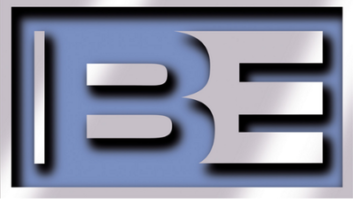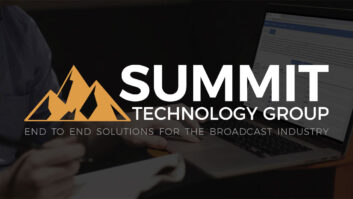The FCC’s well-known interest in grabbing more mid-band spectrum for wireless broadband services in this country has the Public Radio Satellite System reminding radio stations of the importance of registering their C Band earth station terminals.
PRSS this week warned public radio stations with downlink sites in a memo that “there is a significant chance any FCC action to permit wireless broadband access to C-band spectrum could result in interference to unregistered/unlicensed satellite C Band earth stations.” PRSS is a distribution network that delivers news, music, and specialized audience programming via satellite and Internet to public radio stations throughout the United States.
[Midband Spectrum Talk Worries Broadcasters]
The group believes the FCC is likely edging closer to acting on a Notice of Inquiry (GN Docket No. 17-183) it released in August 2017 that laid out the FCC’s intentions to seek potential opportunities for additional flexible access for wireless broadband services in spectrum bands between 3.7 and 24 GHz. The FCC mentioned three bands it is specifically interested in for wireless broadband services: 3.7–4.2 GHZ, 5.925–6.425 GHz and 6.425–7.125 GHz.
Industry observers have told Radio World many broadcasters currently utilize 3.7–4.2 GHz for satellite C Band downlinks while 6 GHz spectrum includes C Band uplink.
PRSS warned affiliates of one possible plan the FCC is considering in its memo: “The FCC is considering a joint proposal by Intel and Intelsat for a ‘market-based approach’ that would split up the C Band spectrum between satellite and wireless broadband in terms of geography and frequency. If your station is located in a particular designated geographical area, and there are no C Band satellite earth station terminals officially registered or licensed with the FCC in that area, you could lose some or all of your expected C Band satellite spectrum protection. Your satellite earth station terminal could then begin to experience interference from wireless broadband uses.”
The NAB has said the FCC counts only 4,700 registered/licensed C Band users in the country, which suggests the commission likely believes the spectrum is currently underutilized. The NAB believes a majority of receive-only C Band earth stations are not FCC registered, which holds the potential for a substantial amount of stations being affected.
PRSS therefore is strongly urging all broadcasters with C Band earth station receivers to confirm they are registered and licensed with the FCC. If not, PRSS says the typical process to do so involves conducting a frequency coordination study and then completing the FCC filing.












